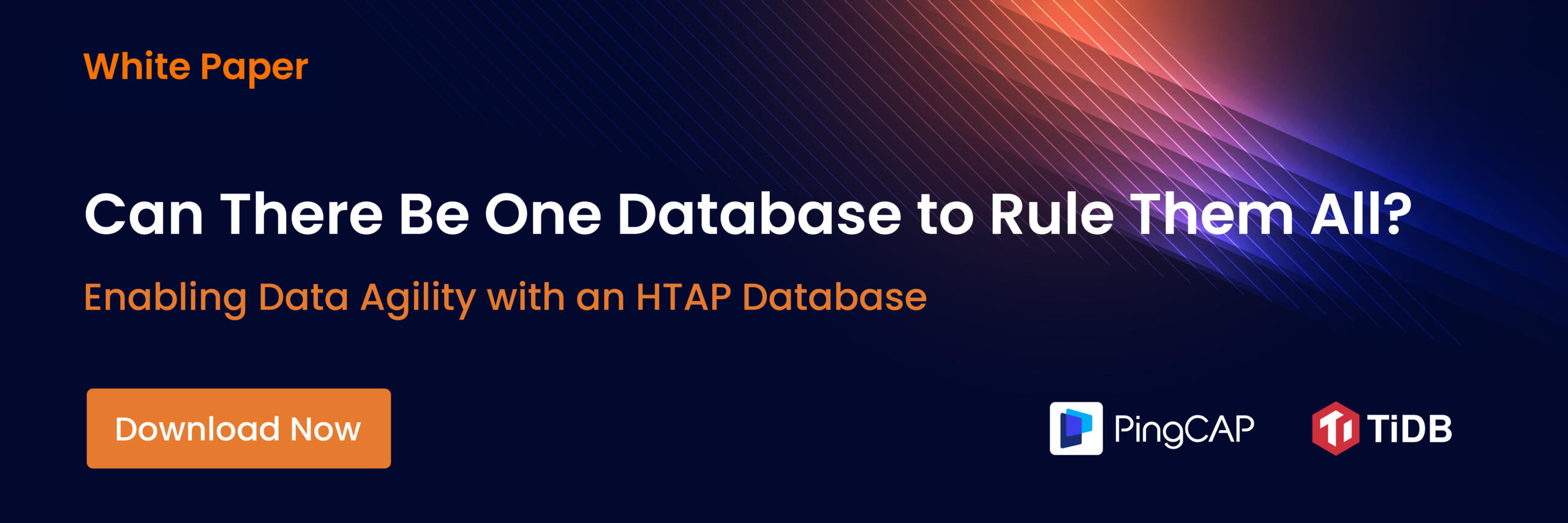In the domain of database technologies, developers are often presented with a pivotal decision: opting for a row-oriented or a column-oriented database architecture. This choice is fundamental as each type brings distinct benefits and limitations, tailored for varying application requirements and scenarios. This article delves into a comprehensive examination of column vs. row databases, offering insights into their fundamental operations, advantages, and drawbacks. Our goal is to equip developers with the knowledge necessary to discern which database paradigm aligns optimally with the specific needs of their projects.
What are Row-Oriented Databases?
Row-oriented databases store data table by table, row by row. Each row holds data for a single record, with all the fields (or columns) of that record placed contiguously. This contiguous placement of columns within a row means that the entirety of a record can be retrieved through a single disk I/O operation, making it highly efficient for accessing complete records at once.
This storage model facilitates efficient operations involving the entire record, such as retrieving all details about a person or updating a record, since all the data for a record is stored together. Indexes in row-oriented databases play a crucial role in optimizing search operations by providing quick access to specific rows based on defined criteria.
Advantages
Row-oriented databases excel in transactional operations, where reading or writing the entirety of a single record is common. The ACID (Atomicity, Consistency, Isolation, Durability) properties are well-supported in this database model, ensuring data integrity during transactions. This makes them particularly well-suited for Online Transaction Processing (OLTP) systems. They support efficient row-wise insertion, updates, and deletions, ensuring data integrity and consistency across transactions.
Spin up a serverless database in seconds.
Disadvantages
As the volume of data increases significantly, traditional row-based storage may encounter limitations in accommodating large datasets efficiently. The row-based structure becomes less efficient when it comes to analytical queries that need to access specific columns across many rows, as it might involve scanning and discarding unwanted data from many rows to aggregate information from the few relevant columns.
What are Column-Oriented Databases?
Contrary to row-oriented databases, column-oriented databases, which are also named columnar databases, store data by column rather than row. This format is optimized for reading and writing operations on columns rather than entire records. It allows for efficient retrieval and analysis of individual attributes, making it ideal for scenarios where analytical processing is paramount.
Advantages
Columnar databases are tailor-made for analytical queries and data warehousing tasks, where operations often aggregate values from specific columns over large datasets. They shine in read-optimized scenarios, provide excellent data compression, and allow for more efficient CPU utilization due to their ability to load just the necessary columns into memory.
Disadvantages
While columnar databases deliver superior performance for analytical processing, they can suffer from overheads in transactional scenarios, especially when records need to be retrieved or updated in their entirety, requiring access to multiple columns distributed across different data blocks.
Column vs Row: Key Differences
Data Storage
The fundamental difference lies in how data is laid out on disk: row-oriented databases store data record by record, making them adept at handling row-wise transactions. Column-oriented databases, on the other hand, store data column by column, enhancing their ability to perform fast read operations on selected columns.
Use Cases
Row-oriented databases are the go-to choice for applications requiring fast, complex transactions with strong consistency guarantees like banking systems or inventory management. Column-oriented databases find their niche in analytical applications that demand quick aggregation and analysis across vast datasets, such as data lakes and business intelligence platforms.
Performance
Performance considerations are crucial when choosing between row and columnar databases. Row-oriented databases offer lower latency for insert/update/delete operations and are optimized for ACID transactions. Column-oriented databases accelerate analytical processing and complex queries over large datasets, although at the expense of write-heavy transactional workloads.
Introducing HTAP
Hybrid Transactional/Analytical Processing (HTAP) represents a groundbreaking approach that seeks to bridge the gap between traditional OLTP and OLAP systems by enabling real-time analytics directly on transactional data. One of the forefront technologies in this space is TiDB, a product of PingCAP, which ingeniously combines the transactional capabilities of TiKV with the analytical prowess of TiFlash. This amalgamation provides a versatile database solution that supports both row and columnar storage, offering seamless real-time analytics without sacrificing transactional performance. TiDB exemplifies the potential of HTAP by allowing applications to perform both transactional and analytical processing concurrently, thus opening up new possibilities for real-time data-driven decision-making in enterprise applications. TiDB Serverless delivers a serverless database in seconds while you only pay for the data processing and storage you use—so development teams can focus on what’s next.
Experience the ease of TiDB Serverless—a distributed HTAP database with no sharding needed.
Conclusion
Selecting the right database architecture depends on the specific requirements of each application. For developers working on applications that require real-time analytics on operational data, leveraging the HTAP capabilities of technologies like TiDB, which combines the strengths of both TiKV and TiFlash, represents a powerful and innovative solution. By understanding the distinctions and applications of row and column-oriented databases, developers can make informed decisions that significantly impact the scalability, performance, and efficiency of their applications.



